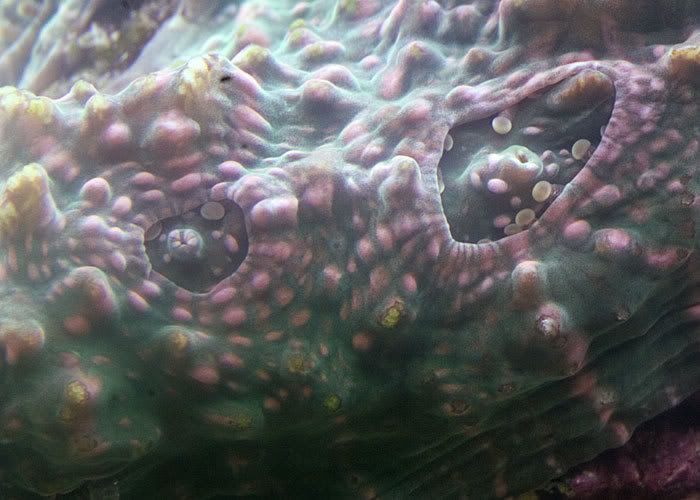- Joined
- Jun 13, 2008
- Messages
- 1,153
- Reaction score
- 1
okay, first, i'm still having trouble with my exposure. check out the pic of my chalice, then see below

notice how washed out the top part of the picture is? how on earth do i stop this from happening? it's driving me flipping nuts, not to be able to get the true colors of the corals, because they turn out too bright.
also, poseidon can catch this one, how do i set my 20D up to shoot to where it does bracketing? i thought i had it set up to shoot 1 stop up and 1 stop down, but it only takes the one pic.
finally, i've noticed my pic's end up looking grainy, and not as defined as some of you guys' pics, even when shooting at 200 iso. how do you guys get your pic's so smooth?
i'm just getting frustrated at not being able to take nice pic's :squigglemouth:

notice how washed out the top part of the picture is? how on earth do i stop this from happening? it's driving me flipping nuts, not to be able to get the true colors of the corals, because they turn out too bright.
also, poseidon can catch this one, how do i set my 20D up to shoot to where it does bracketing? i thought i had it set up to shoot 1 stop up and 1 stop down, but it only takes the one pic.
finally, i've noticed my pic's end up looking grainy, and not as defined as some of you guys' pics, even when shooting at 200 iso. how do you guys get your pic's so smooth?
i'm just getting frustrated at not being able to take nice pic's :squigglemouth:




















